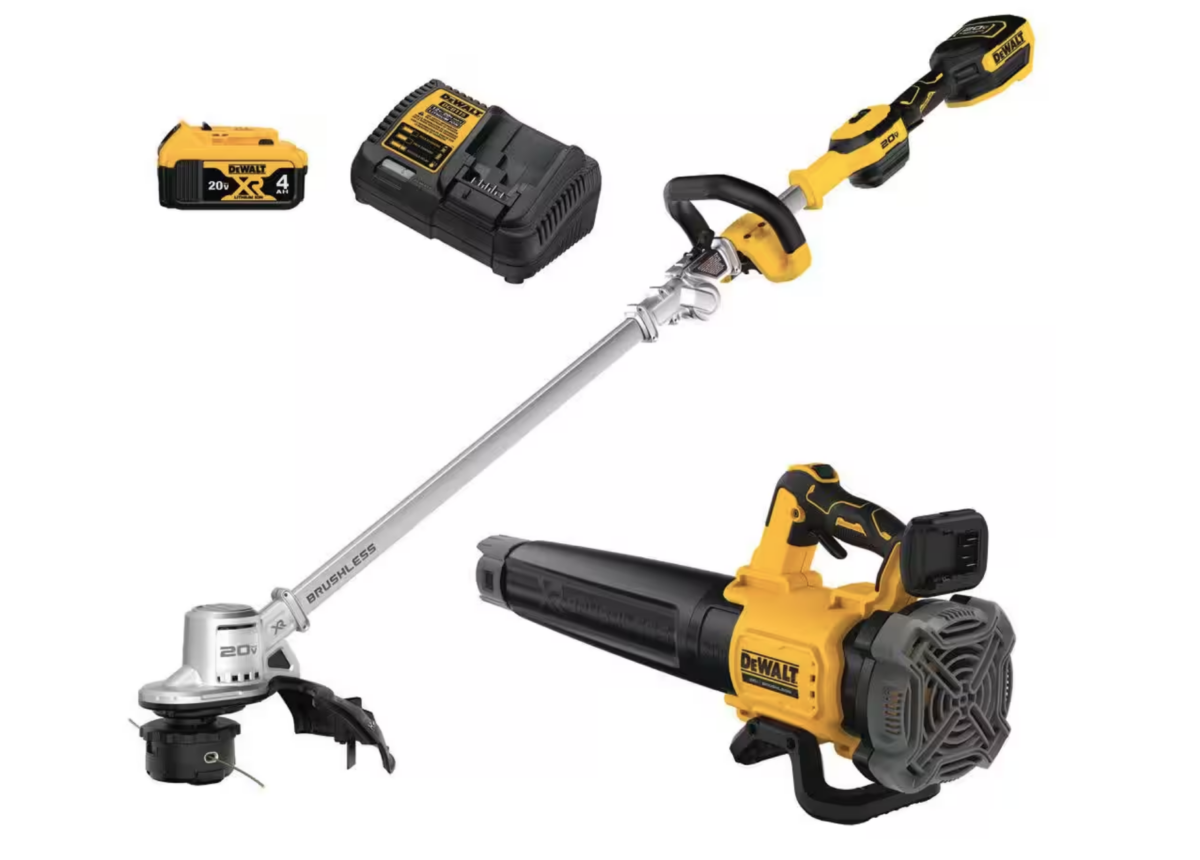Good things come to those who wait, and this is especially true when establishing young fruit trees. Pruning to encourage proper branching structure and the production of high-quality fruit requires a great deal of patience, proper cultural care, and a keen eye for detail.
Even if the idea of pruning fruit trees feels intimidating, I encourage you to do a bit of research and try your hand at it. The first two to five years of a newly planted fruit tree’s life are especially crucial for developing the structure that will ensure long-term success. You will be sacrificing fruit set the first few years, but your tree will more than make up for this in the decades to come if a strong structure is developed from day 1. Here are some tips for getting your young fruit trees off to a great start.
Tip 1: For trees with naturally upright growth habits, maintain a central leader
A fruit tree trained around a central leader, also called a main leader, develops a shape that is a more open and refined version of the tree’s natural habit. One dominant, upright branch is maintained at the center of the plant, and several equally spaced scaffold branches grow out at an angle from this central trunk. The open branching that results allows for even light distribution throughout the plant and encourages the development of healthy, high-quality fruit. Apples, pears, and cherries are well suited for this pruning system.

Tip 2: For stone fruit trees, maintaining an open center is best
Peaches, plums, and nectarines thrive when trained as open center trees. To employ this method, allow the central leader to grow to approximately 30 inches tall and perform a heading cut. By removing the growing tip of the main leader, you will encourage dormant buds along the stem to break dormancy, and several new shoots will emerge. Choose four to five new branches that are equally spaced as your new scaffold branches. Repeat this process for the next two to three growing seasons, and a lovely vase-shaped structure will begin to develop. The excellent light penetration and air circulation that this method affords helps minimize diseases like brown rot that can afflict stone fruit trees.

Tip 3: If space is limited, try your hand at espalier
This technique of intensive pruning, training, and tying is highly technical and may take a lifetime to perfect. However, it is great fun, and the spectacular architectural forms that can be achieved are limited only by your imagination. The two-dimensional nature of this pruning and training style allows for high-quality fruit production in a very small space.

Tip 4: Late winter or very early spring is the ideal time to prune most fruit trees
Trees should be mostly dormant at this time; however, it can be helpful to wait until the buds have begun to swell. Swelling buds help you identify healthy, viable branches. You can guide the growth and shape of a tree by pruning just above buds that are facing outward, or in the direction of desired growth. Remove dead, damaged, or diseased branches at any time of the year to prevent the spread of disease and to allow for improved light and air penetration.

Tip 5: Cut all new growth that occurred the previous growing season back by one third
This will help maintain the desired size of the tree and will encourage branches to become thicker. Long, wispy branches are not strong enough to bear the weight of the heavy fruit and will likely result in broken branches and a lost crop.

Tip 6: Remove new growth that is strongly vertical or upright, facing downward, or toward the interior of the tree
Strongly vertical stems, also known as water sprouts, are fast-growing and will quickly outgrow your central or main leader. Downward-facing branches are not structurally viable and will break easily if fruit is allowed to develop on them. Interior-facing branches will eventually come into contact with other desirable branches, causing wounds that weaken branch structure and create entry points for pests and diseases.
I encourage you to try your hand at growing fruit of your own; if at first you don’t succeed, try again. Practice makes perfect.
For more Mid-Atlantic regional reports, click here.
For a deeper dive into pruning fruit trees, here’s an article that covers two methods.
Pruning dwarf fruit trees has its own set of challenges. To learn more, check out this article.
To learn more about pruning trees and shrubs of all kinds, check out our Pruning Project Guide.
—Adam Glas is a garden supervisor and rosarian at the Scott Arboretum of Swarthmore College in Swarthmore, Pennsylvania.





